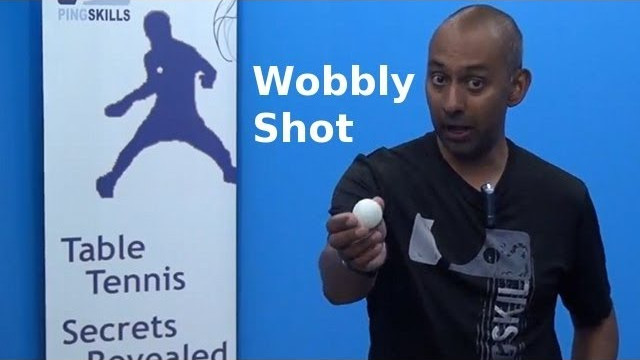Isolate and integrate
Strokes
Dieter Verhofstadt Asked 10 years ago
I have a general question on learning table tennis technique. When focussing on the fundamentals or when acquiring a new technique, is it better to isolate every aspect and focus on those one by one and integrate it back together later? Or could it be that by focussing on one aspect at a time, you neglect the other aspects and therefore don't get the "joints" right. Is the sum of the parts really equal the whole?
Two examples:
1) suppose I want to teach a beginner. Should I first explain grip, let them play with proper grip. Then stance, footwork, ball mechanics, full strokes etc etc? Or should I explain a full stroke including all those aspects and then correct all aspects together while observing?
2) I want to improve my own backhand topspin, which happens to have not enough elbow rotation and wrist rotation. Should I develop elbow rotation first, even into my competitive games and then start working on the wrist action, or should I try to improve both at the same time?
 Alois Rosario Answered 10 years ago
Alois Rosario Answered 10 years ago
Hi Dieter,
The sum of the parts is much greater.
You can learn each stroke well but if you can’t combine them, then you will struggle in a match.
When you are referring to a single stroke, I think it is important to learn the whole stroke first. Then if you see small changes that can be made to a particular part of the stroke, you can make changes there.
We like to teach the start and finish which gets you to focus on the whole stroke as one. If you get from the start to the finish position smoothly you will have a good stroke. You can get too caught up with the smaller intricacies of a stroke and lose the whole feel of it.
Recommended Video
Snake Shot
A snake shot is a type of stroke which is specifically used against a drop shot. It is usually loaded with a heavy spin so that the opponent finds it difficult to counter. The type of spin can be backspin, sidespin or topspin depending on your choice. You need to make a movement after hitting the ball to confuse your opponent.
Watch NowThoughts on this question
Become a free member to post a comment about this question.

Dieter Verhofstadt Posted 10 years ago
Zooming in on start and end is indeed a great tool to cover the whole integration of all body joints and ball mechanics. Thanks!